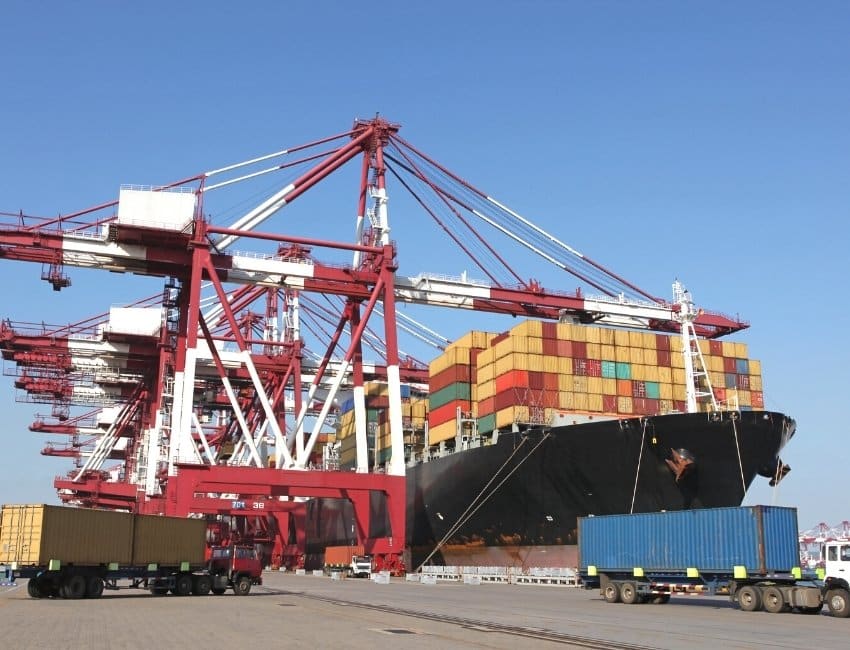The Chinese trade sector enjoys global dominance for plenty of reasons, its vast chain of seaports is one of them! The country topped the chart of biggest exporters in 2019, and it also houses the busiest container port in the world for over a decade. It has as many as 34 major seaports and 2000 minor seaports situated within its geographical boundaries. Port of Xingang is one of the 34, being the largest and successful man-made port in Northern China. It is also the primary maritime gateway to the capital of China, Beijing. Let us consider the facts that explain why this port is one of the most important Chinese ports.
Factors That Make Port of Xingang Influential In China
The Port of Xingang, also known by the name Tianjin and Tanggu, is located on the western shore of the well-known Bohai Bay. It is a large-port megacity in China and the largest of its type in the world. The Tianjin Port Group Ltd. looks after the operations of the seaport. It has become one of the top 10 ports in China for multiple reasons.
Prime Location
The prime location of the port in Northern China, with a wide area covered in its shoreline, is one of the reasons why the port has emerged as a success in the country. Its establishment on the coast of the Tianjin Municipality makes it a major attraction, yielding it 110,000 cruiser passengers in 2021. Chinese traders in the northern region have reaped numerous benefits from the port.
Advanced Infrastructure
The Xingang port covers a land area of 121 sq kilometres that gives it a large area to operate. It houses over 200 berths and production berths for ships of all types and sizes, including vessels, containers and cargo. Its quay shoreline is over 31.9 kilometres, which gives it more exposure as a seaport. This vast location with a well-developed model has led to the port’s success and expansion over the years.
Successful Traffic Management
The traffic management facilities of the Port of Xingang allows it to handle the large cargo traffic all year long. As of 2013, the port handled an annual cargo of 500 million tonnes which amounts to 13 million TEUs of container traffic. Its annual revenue was reported to be 21.5 billion RMB in 2011, while the net income was 1.678 billion RMB the same year.
Navigational Security
For the navigational security system, the Tianjin Municipality has installed 12 light beacons, 3 lighthouses, 44 Day beacons, 22 lead makers, 1 NDB station, 55 light buoys, 3 radar transponders, 1 RBN/DGPS station and 1 survey ship. It also has a coastal radio service, SAR responses and weather monitoring services.
Amenities & Services
The amenities and services offered by the Port of Xingang match the standards laid by its sibling ports. It offers facilities like Chandlery and Supplies, Bunkerage and Sanitation and Cleaning services. These amenities help enhance the shipping experience of traders in the international market.
Connected Friendship Ports
The Xiagang Port has maintained connected friendship ports with 12 countries, including Netherlands, United States, South Korea, Japan, Italy and Canada. These strong connections with these strong economies also contribute to the growth of the port. Japan and Spain are also on this list. This fact also shows how trading countries can observe mutual growth with successful tie-ups!
The Port of Xingang has maintained a well-channelised trading service for decades now. Traders who have connectivity with this port understand how well it handles the cargo traffic, giving them the relaxation to perform well. Budding exporters trying to expand their business connections to China must know about these ports well!



